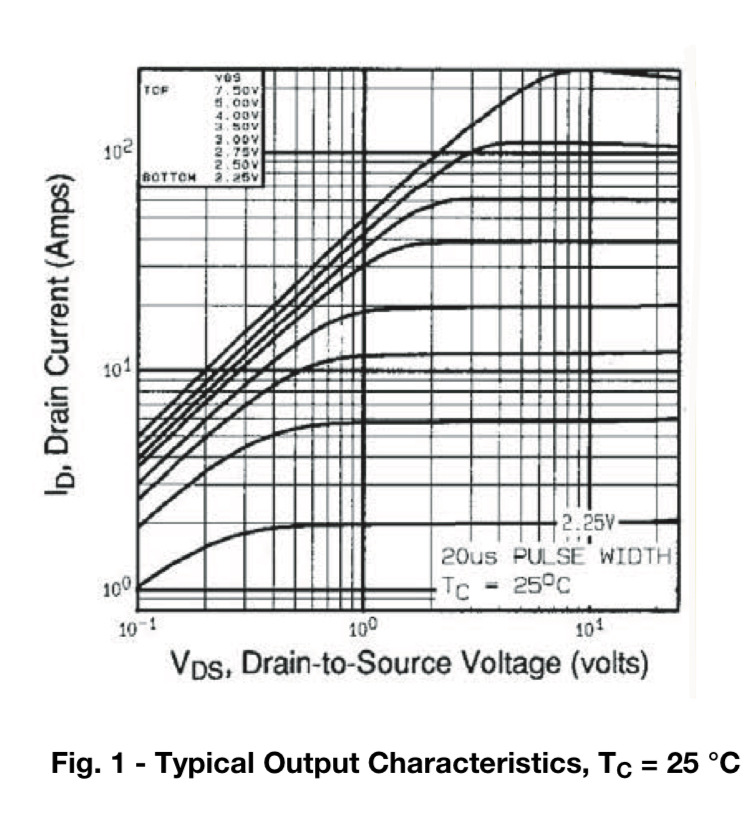I need to drive a 12 V water pump (max. 2 A) with a PWM signal (20 kHz) from ESP32. I have a few questions about my circuit (I am a beginner).
I have made the following calculations (Learned from YouTube channel MicroType engineering, where he stated, that these are heavily simplified):
Q1 RDSon = 17.5mΩ , junction to ambient thermal resistance = 62 C/W, total gate charge = 63 nC
- P = I^2 * R = 2^2 * 17.5 mΩ = 0.07 W --> temperature = ambient 25 C) + 0.07 W * 63 C/W = 29.41 C
- I (gate) = 12V/10Ω = 1.2A (this gate driver can source and sink 10A), so OK?
- Switching time = 63nC / 1.2 A = 52.5 ns. One cycle = 105 ns --> max frequency = 9.5 MHz (only need 20 kHz)
Questions:
How to determine the value of R1 (this was taken from a YouTube video with this gate driver IC). If I would lower it to 5 Ω, the I (gate) would be 2.4 A, which would still be ok (faster switching speed, less switching losses?)
Wattage of R1? (Ohm's law says that it is 12 V * 1.2 A = 14.4 W. This can't be correct. That is some heavy duty resistor.)
I will be using a different gate driver (these are not available at LCSC.com). Are there any more parameters that I should look into than current sourcing/sinking capabilities (of course that it can handle 12 V)?
Is there something wrong with this schematic, or can I design and order PCB:s and components?
Bonus question:
IRLZ44N seems overkill for this. MDD50N03D has lower RDSon (9 mΩ), lower total gate charge (23.6 nC), and is much cheaper than IRLZ44n. Am I missing something?



